Plastic consumption in seabirds causes blood signatures of widespread organ damage including brain, stomach, kidney, and liver.
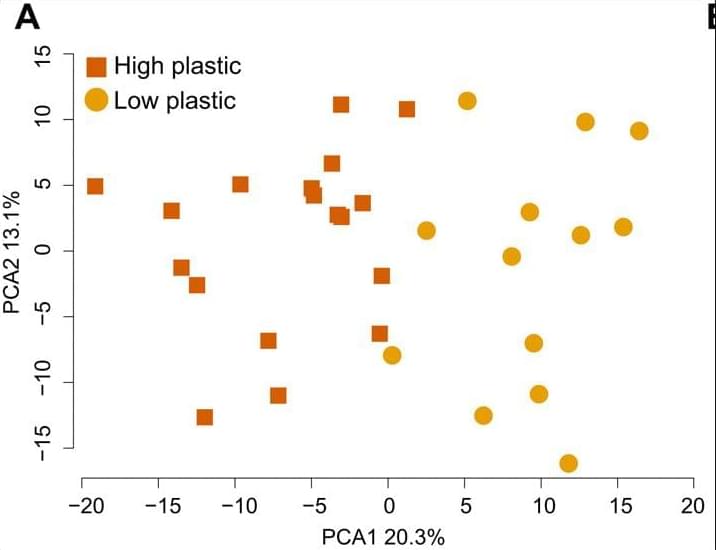

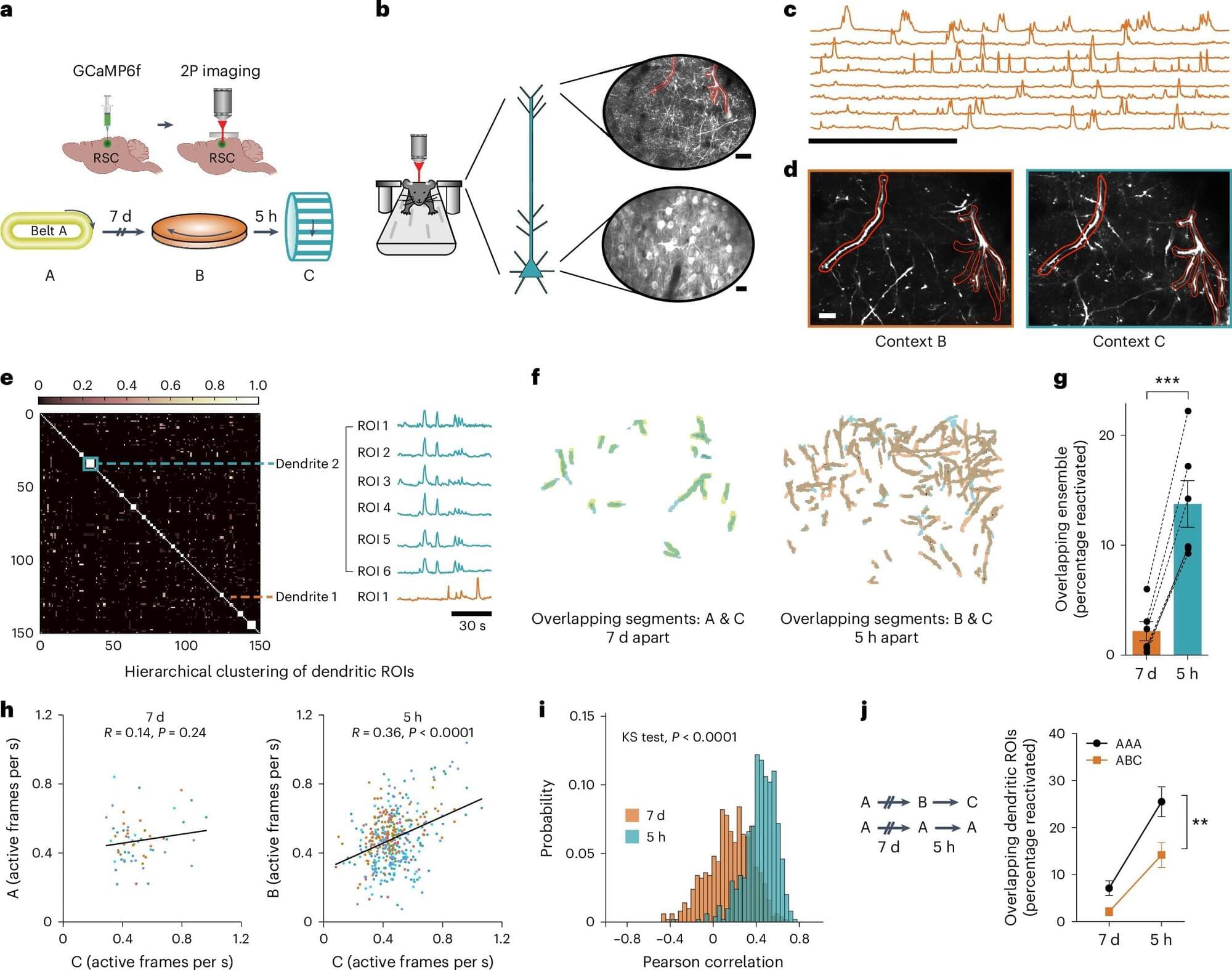
If you’ve ever noticed how memories from the same day seem connected while events from weeks apart feel separate, a new study reveals the reason: Our brains physically link memories that occur close in time not in the cell bodies of neurons, but rather in their spiny extensions called dendrites.
This discovery stems from studies in mice, in which researchers observed memory formation using advanced imaging techniques, including miniature microscopes that captured single-cell resolution in live animals.
The study shows that memories are stored in dendritic compartments: When one memory forms, the affected dendrites are primed to capture new information arriving within the next few hours, linking memories formed close in time.
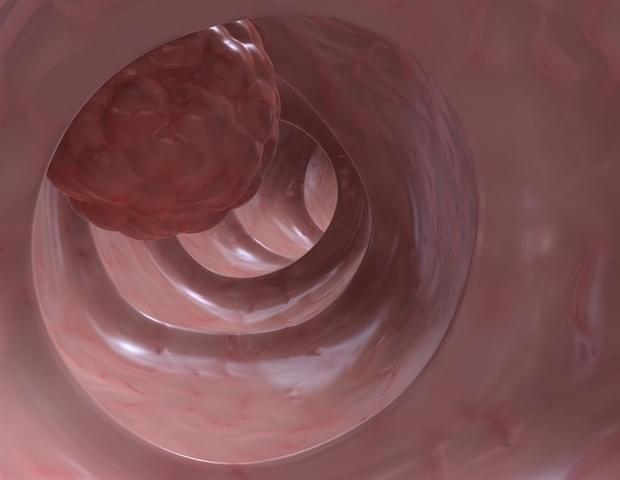
Professor Kwang-Hyun Cho’s research team has recently been highlighted for their work on developing an original technology for cancer reversal treatment that does not kill cancer cells but only changes their characteristics to reverse them to a state similar to normal cells. This time, they have succeeded in revealing for the first time that a molecular switch that can induce cancer reversal at the moment when normal cells change into cancer cells is hidden in the genetic network.
KAIST (President Kwang-Hyung Lee) announced on the 5th of February that Professor Kwang-Hyun Cho’s research team of the Department of Bio and Brain Engineering has succeeded in developing a fundamental technology to capture the critical transition phenomenon at the moment when normal cells change into cancer cells and analyze it to discover a molecular switch that can revert cancer cells back into normal cells.
A critical transition is a phenomenon in which a sudden change in state occurs at a specific point in time, like water changing into steam at 100℃. This critical transition phenomenon also occurs in the process in which normal cells change into cancer cells at a specific point in time due to the accumulation of genetic and epigenetic changes.
Brain activity in vocalizing budgerigar parrots showed a pattern that harkened to those found in the brains of people.
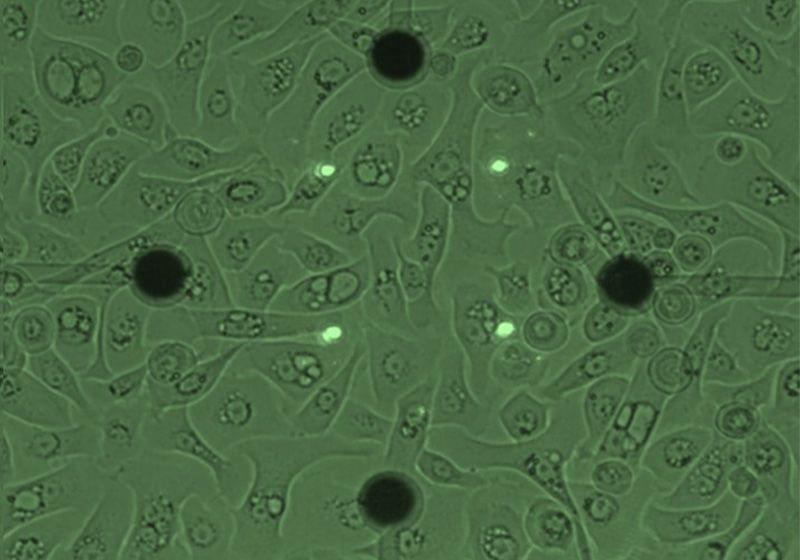
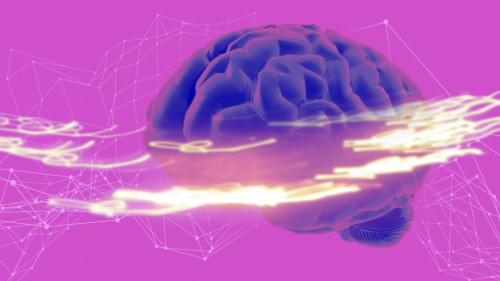
Brain injury, disease and subsequent interventions can alter behaviour, providing a unique opportunity to study cognitive processes. This Collection seeks to bridge the gap between neurologists and neurosurgeons studying clinical disorders and neuroscientists studying neural processes underlying typical cognition.
The editors at Nature Communications, Communications Biology and Scientific Reports therefore invite original research articles examining neural mechanisms underlying cognitive functions in people affected by neurological conditions. This call for papers includes but is not limited to studies in patients with epilepsy, brain tumours, stroke, neuropsychiatric disorders, neurodegenerative disease or traumatic brain injury using brain stimulation and recording techniques and/or neuroimaging that offer new insights into the mechanisms behind cognitive processes. We also encourage submissions aiming to develop best practices and reporting of these studies. Preclinical work is not within scope for this collection.
This is a cross-journal Collection across Nature Communications, Communications Biology and Scientific Reports. Please see the relevant journal webpages to check which article types the journals consider.

Researchers discovered uniquely human neuroanatomical features in a study comparing human brains to macaque and chimpanzee brains.
A groundbreaking study reveals that what makes humans unique isn’t just intelligence but also emotional and social cognition. Comparing brain scans of humans, chimpanzees, and macaques, researchers found that key brain connections related to emotions and social interactions are distinctly human, highlighting the deep-rooted role of relationships in human evolution.
What makes the human brain unique?

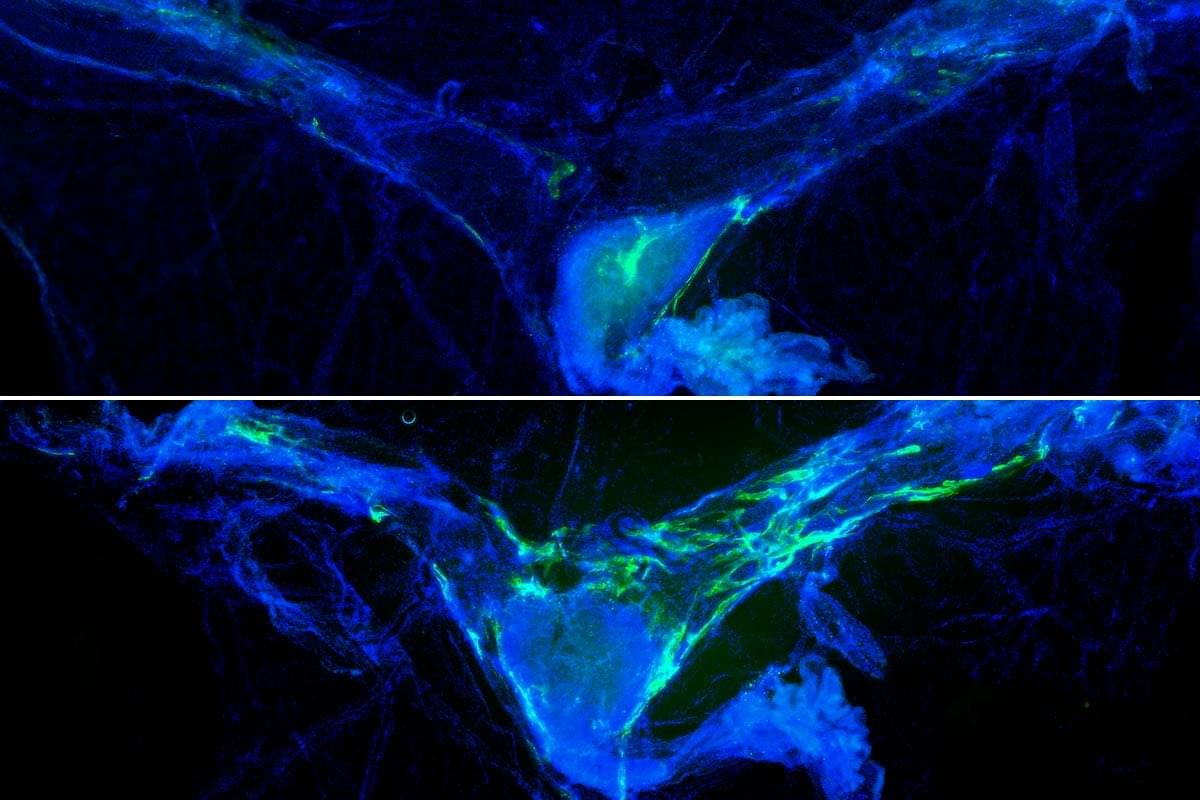
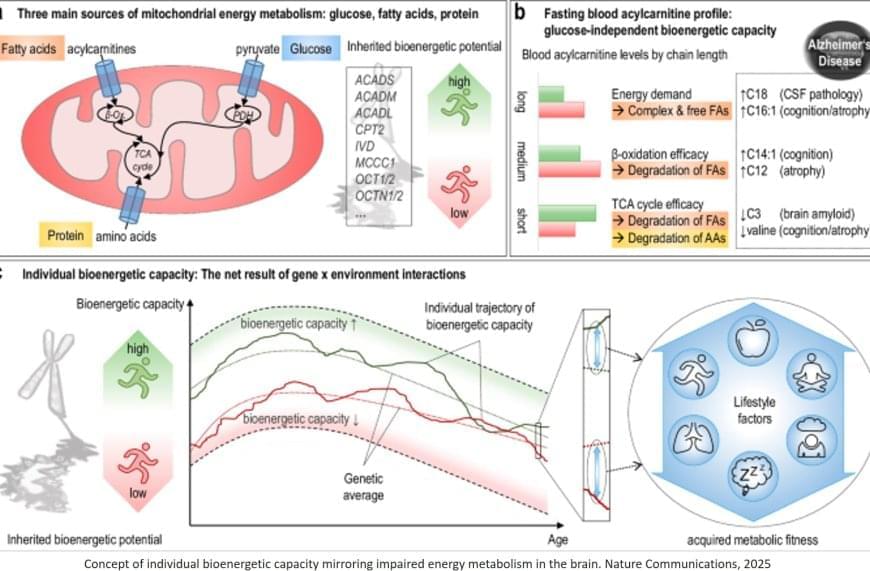
The researchers turned to a group of molecules called acylcarnitines, which are associated with declining cognition and breaking down or metabolizing fats and proteins for energy. To test if high acylcarnitine levels in the blood could predict who’s at risk of developing Alzheimer’s, the researchers used data from a large-scale study called the Alzheimer’s Disease Neuroimaging Initiative.
“It was fascinating,” the author said. “Dividing research participants into groups based on their specific acylcarnitine levels highlighted people with more severe Alzheimer’s disease and others with fewer symptoms.” This led the researchers to define a bioenergetic clock based on acylcarnitines—how old a person’s metabolism acts, compared to actual age. Higher bioenergetic age is linked to higher acylcarnitine levels, worsened Alzheimer’s pathology, cognitive decline and brain atrophy.
The researchers also quantified cognitive decline using a common test called the mini-mental state examination, on which a score below 24 out of 30 points indicates impairment. They found that people with low acylcarnitine levels to begin with declined more slowly, losing about 0.5 points less per year than people with high acylcarnitine levels. The benefit is on par with the Alzheimer’s drug lecanemab.
To some degree, a person’s bioenergetic clock ticks forward at a rate determined by their genetics, but having a healthy lifestyle—for example, eating a plant-based diet and exercising —can help keep acylcarnitine levels low, which means a younger bioenergetic age, the author explained.
They went on to identify a subgroup of participants, about 30% of the Alzheimer’s Disease Neuroimaging Initiative, with older bioenergetic age but favorable genetic background. These individuals may benefit more from early lifestyle interventions designed to decrease their bioenergetic age and potentially delay or prevent the onset of Alzheimer’s.
Moving forward, the senior author hopes to home in on the lifestyle interventions most effective for lowering bioenergetic age. For example, eating a low-carb diet may help maintain metabolic health, but just how low would carbohydrate consumption have to be for a person to see benefits?